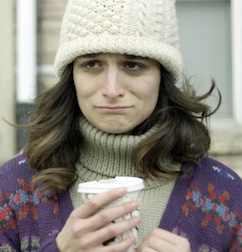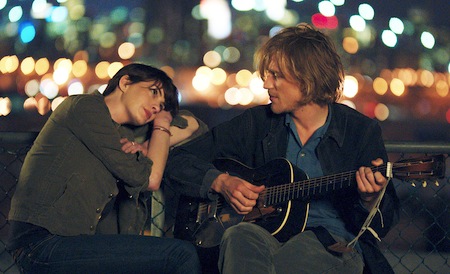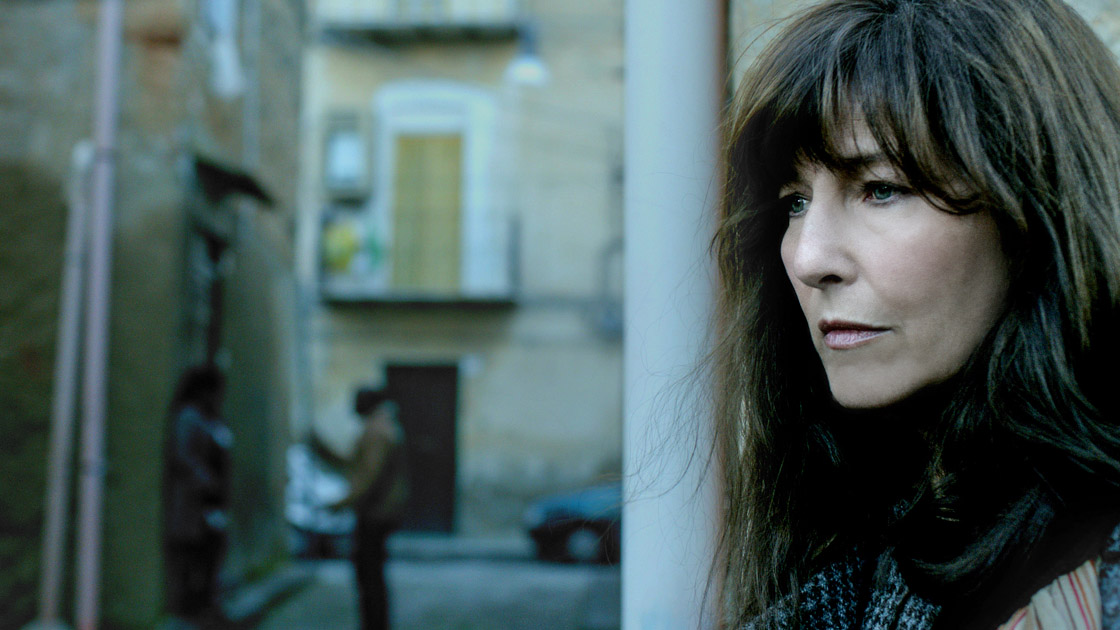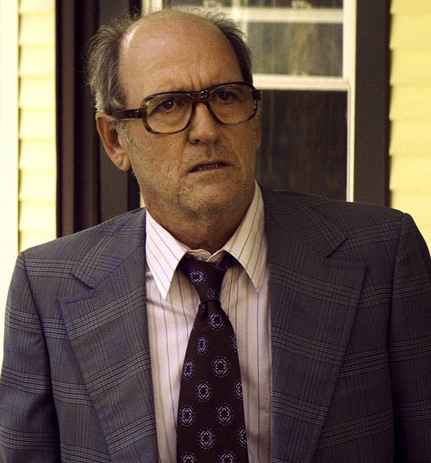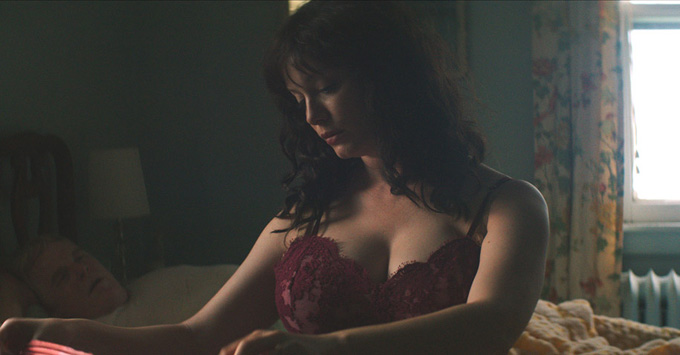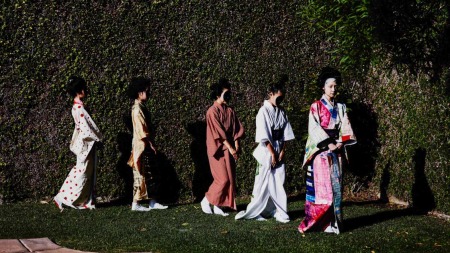Sundance: 'Land Ho!' Proves Aaron Katz is America's Next Great
 Wednesday, January 22, 2014 at 10:00PM
Wednesday, January 22, 2014 at 10:00PM Sundance coverage continues with Glenn musing on the career of Aaron Katz and his latest, Land Ho!
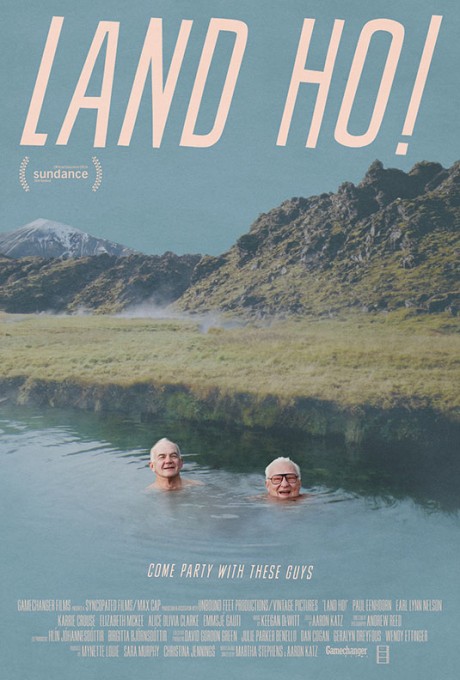 "Mumblecore", the term given to the influx of super low-budget independent films with a rotating core of creatives, cops a lot of grief these days. I assume it's mostly from people sick of Lena Dunham’s ubiquity (she wrote/directed/starred in the incredible Tiny Furniture) or people just getting sick from the home-spun, handheld aesthetic that beset many of the movement’s features. Personally, I love that we now have the likes of Greta Gerwig, Lynn Shelton (who’s at Sundance again this year with Laggies) and Joe Swanberg amongst others. The brightest star to my eyes, however, is Aaron Katz, the 32-year-old American director who directed the woozy, boozy, teenage coming-of-age drama Dance Party USA and the deliciously cheeky Sherlock riff Cold Weather. He returns with Land Ho!, co-directing alongside Martha Stephens (Pilgrim Song), and proves that he is indeed one of America’s next greats and perhaps my favourite working American director.
"Mumblecore", the term given to the influx of super low-budget independent films with a rotating core of creatives, cops a lot of grief these days. I assume it's mostly from people sick of Lena Dunham’s ubiquity (she wrote/directed/starred in the incredible Tiny Furniture) or people just getting sick from the home-spun, handheld aesthetic that beset many of the movement’s features. Personally, I love that we now have the likes of Greta Gerwig, Lynn Shelton (who’s at Sundance again this year with Laggies) and Joe Swanberg amongst others. The brightest star to my eyes, however, is Aaron Katz, the 32-year-old American director who directed the woozy, boozy, teenage coming-of-age drama Dance Party USA and the deliciously cheeky Sherlock riff Cold Weather. He returns with Land Ho!, co-directing alongside Martha Stephens (Pilgrim Song), and proves that he is indeed one of America’s next greats and perhaps my favourite working American director.
Land Ho! is a simple film, but never simplistic. It’s certainly not as high-concept as Cold Weather, but it weaved an enchanting spell over me with its tale of two friends, Colin and Mitch, taking a late-in-life vacation through the wilds of Iceland. Paul Eenhoorn of the equally beguiling This is Martin Bonner stars with Earl Lynn Nelson in only his third (!) film, and your enjoyment of the film rests quite heavily on their shoulders. Eerhoorn’s delicate, friendly style is such a beauty to watch and the film’s latter passage as the re-invigoration of Colin literally comes bubbling to the surface in a hot spring is such an effective, richly portrayed sequence that's a wonder to watch. Nelson, also good, unfortunately has the lesser of the two-hander, although his randy senior citizen act results in many genuinely funny moments.
I can’t speak for Martha Stephens of which this is the first film I have seen, but Aaron Katz is just about the bee’s knees right now. I respond so strongly to his stripped back, but emotionally vibrant and visually effervescent approach to his material. It would be hard to make Iceland look ugly, but with Land Ho! it is filmed so lovingly by Katz’s frequent cinematographer, Andrew Reed, that is reveals an entirely new beauty. An argument scene between the two men lit only by the hovering radiance of nightclub glowsticks is a particularly striking image that I’ll likely not soon forget. The soundtrack, too, is a total winner with scenes punctuated by somewhat anachronistic – and yet totally right – electronic music including the film’s unofficial anthem, “In a Big Country”.

Compared to another former mumblecore-adjacent director’s Sundance return, Alex Ross Perry and Listen Up Phillip, Katz and Stephen’s Land Ho! isn’t a particularly revelatory creative step forward. However, what it has are rare virtues that will likely strike at viewers in a truly genuine, earnest place that cinema rarely ventures. It’s a sublime film, wonderfully styled, and one that makes me entirely confident in announcing Katz as one American cinema’s most vital, invigorating, and masterful modern voices.
Grade: A-
Distribution: Was just picked up this morning by Sony Pictures Classics for worldwide release in 2014. Let’s start that best original song ball rolling for this dizzying ditty by Keegan DeWitt.



